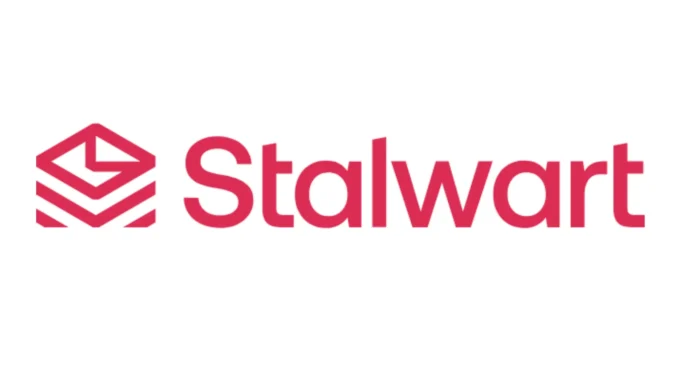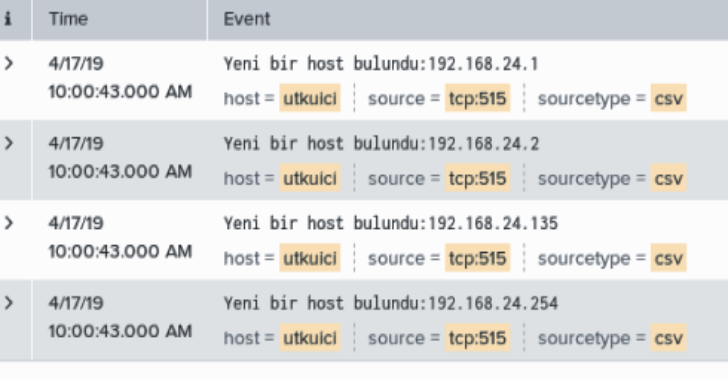A mail server is a critical component in the communication infrastructure, responsible for sending, receiving, and storing emails.
It operates behind the scenes to ensure seamless email delivery across networks. This article explores the key functions and tools associated with mail servers.
Core Functions Of A Mail Server
- Email Sending (SMTP):
The Simple Mail Transfer Protocol (SMTP) is used by mail servers to send emails from one server to another. It ensures proper routing and delivery of outgoing messages. - Email Receiving (IMAP/POP3):
Mail servers use protocols like Internet Message Access Protocol (IMAP) and Post Office Protocol (POP3) to retrieve emails for end-users. IMAP allows users to access emails from multiple devices, while POP3 downloads emails to a single device. - Authentication and Security:
Modern mail servers implement robust authentication mechanisms such as OAuth2, OpenID Connect, and two-factor authentication (2FA) to protect accounts. They also use encryption protocols like TLS to secure data during transmission. - Spam and Phishing Protection:
Mail servers incorporate advanced filtering systems to detect and block spam, phishing attempts, and malicious content. Features like DNS Blocklists (DNSBLs), statistical spam classifiers, and sender reputation monitoring enhance security. - Storage Management:
Mail servers manage email storage with features like quotas, archiving, and pluggable backends (e.g., PostgreSQL, SQLite). This ensures scalability for both small businesses and large enterprises. - Web-Based Administration:
Many mail servers offer web-based dashboards for administrators to monitor performance, configure settings, manage accounts, and troubleshoot issues in real time.
Tools For Mail Servers
Modern mail servers come equipped with tools that enhance functionality:
- Stalwart Mail Server: A secure open-source solution supporting protocols like IMAP, POP3, SMTP, and JMAP. It includes features such as spam filtering, encryption at rest, multi-tenancy support, and Kubernetes scalability.
- Spam Filters: Tools like Pyzor or collaborative digest-based systems analyze email content for spam.
- Monitoring Tools: OpenTelemetry integration provides metrics and tracing for performance assessment.
In conclusion, mail servers form the backbone of email communication by ensuring reliable message delivery while safeguarding against threats.
With advancements in technology, they continue to evolve into highly secure and scalable systems tailored for modern needs.












%20Works.png)




.webp)